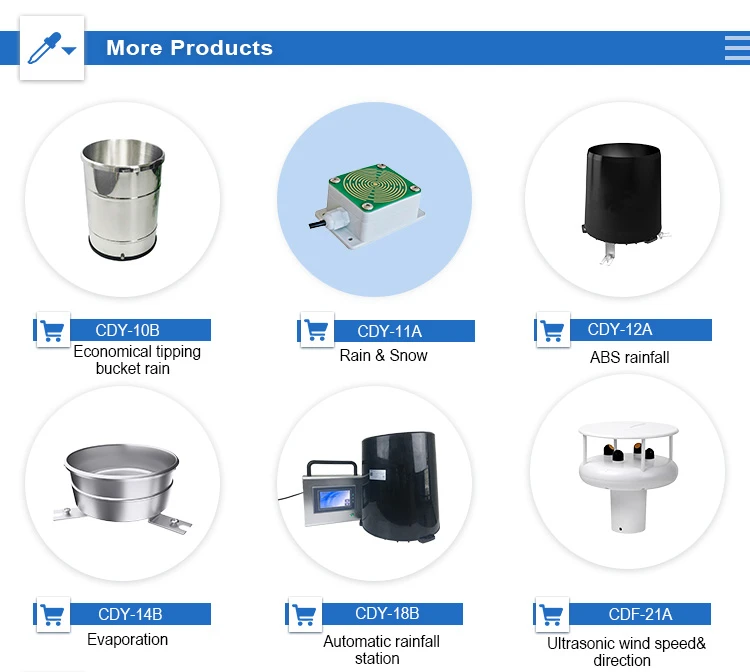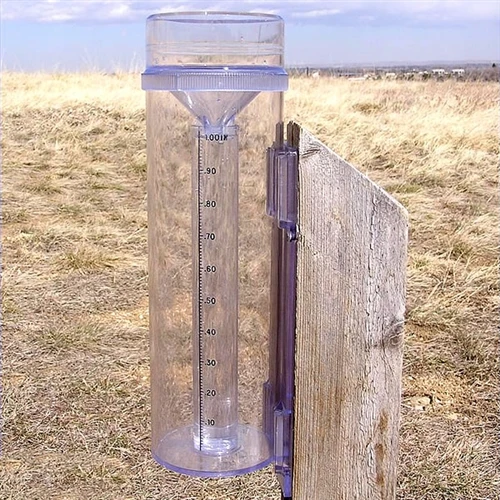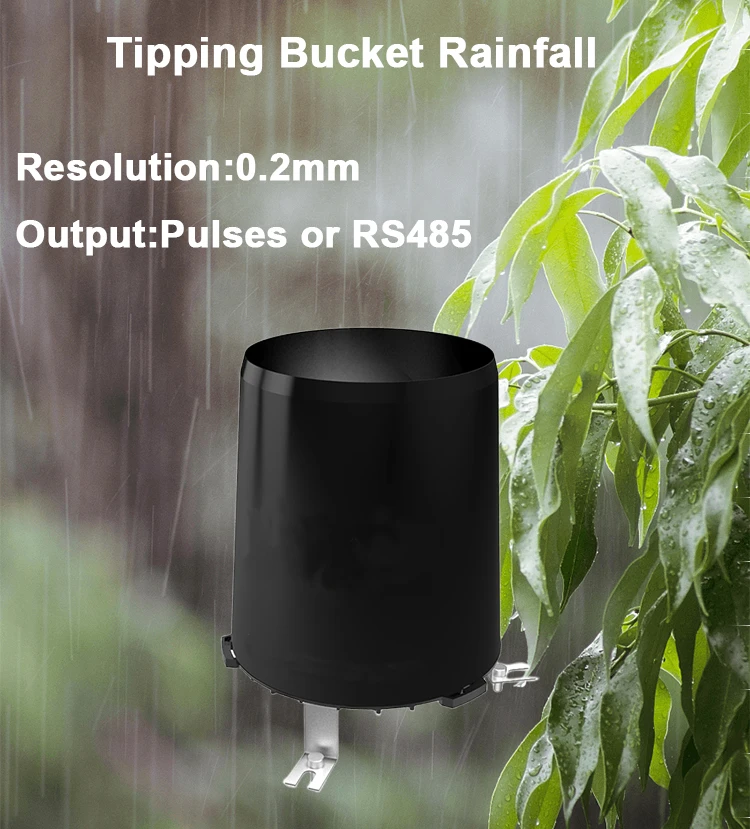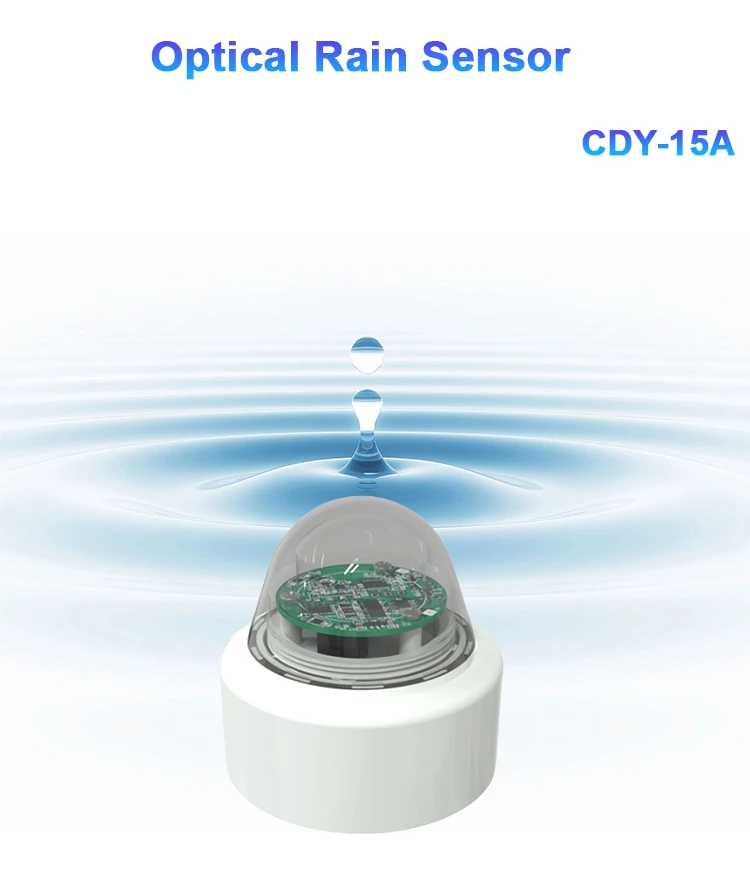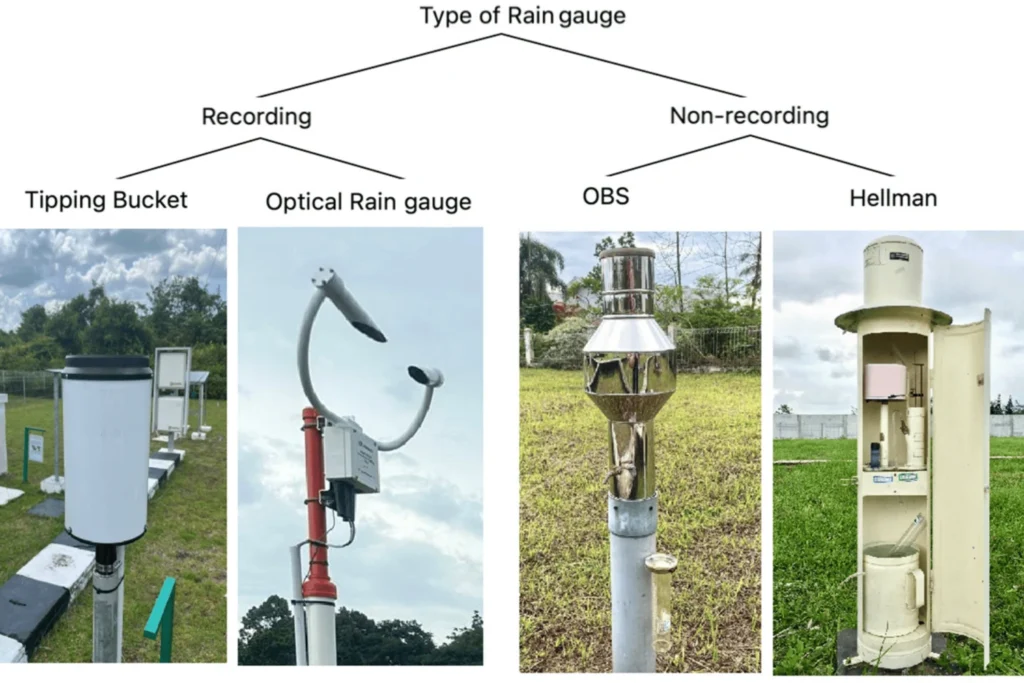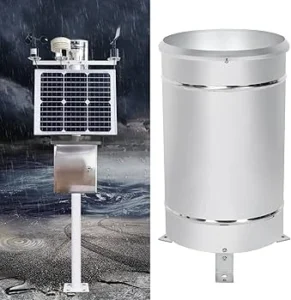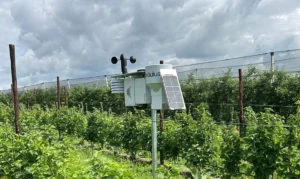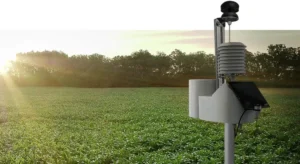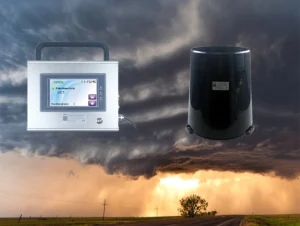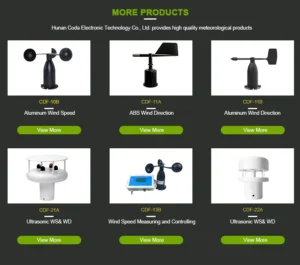Types of rain gauges & Accuracy Of Standard Rain Gauge Units
Best rain gauge accurate: There are many kinds of rain gauges that measure rainfall. These include the standard rain gauge, the tipping bucket rain gauge, and the digital rain gauge.
1.Standard rain gauge:
This is the most common type of rain gauge. It has a funnel that collects rain. The funnel sends the water into a measuring cylinder. The team measures the collected rainwater with a graduated scale.
1.1 Benefits of the standard best rain manual gauge:
Standard rain gauges measuring tube are simple and widely used. Their simple design makes them easy to spot and known to many people.
Precise rain measurement: They deliver precise rainfall rate measurements when positioned in an open space, free from obstructions.
The graduated scale on the measuring cylinder helps you see the total amount of rain easily.
2. Tipping bucket rain gauge:
This tipping bucket gauges has a bucket that tips when it collects enough rain. It counts how many times the bucket tips. This helps the national weather service see how much rain falls.
2.1. Benefits of the tipping bucket rain gauge:
– High resolution: These gauges count the tips to give clear easy to read. This helps national oceanic and atmospheric measure small amounts of rain correctly.
– Self-emptying: The bucket empties on its own after each tip. This stops overflow and lets for ongoing precipitation gauge data measurement without help.
– Durability: Tipping bucket rain gauges are made to handle tough weather. They are not as likely to get damaged.
3. Weighing digital rain gauge:
This kind of rain gauge measures heavy rainfall by weighing the water it gathers. It has a container with a set weight on a scale. As rainwater fills the container, it gets heavier. We use this weight to see how much it 0.01 inch of rain.
3.1 Benefits of Using the Best Rain Gauge:
Weighing rain gauges measure rainfall by weighing the water they collect.
Less water loss: The sealed system kept water inside. This reduces evaporation and gives more accurate readings.
Great for heavy rain: Manual rain gauges can hold a lot of rain without spilling. They give accurate measurements, even in strong storms.
4. Optical rain gauge:
This rain gauge has an optical sensor. It measures the size of raindrops and how often they fall. The sensor sends a signal to a computer. The computer uses this data to calculate how much it rained.
4.1 Benefits of optical acurite rain gauge:
Non-intrusive measurement: Optical rain gauges measure rain without touching the water. This way, data collection is non-intrusive and causes less interference.
Quick response time: These gauges can quickly sense raindrops. This lets us see how strong the rain is and its patterns as they occur.
Optical rain gauges can measure various types of rain. They can tell rain, drizzle, and snow apart. This information is important for weather studies.
5. Acoustic digital rain gauge:
This type of rain gauge uses sound waves to measure raindrop size and how often they fall. An acoustic sensor sends a signal to a computer. The computer calculates how much it rained using this data.
5.1 Benefits of Acoustic Rain Gauges:
Non-intrusive measurement error: Acoustic rain gauges measure rain without touching the raindrops, just like optical ones do. This makes them both non-intrusive and accurate.
Acoustic plastic rain gauges measure various types of rain and snow. They can tell rain, snow, and hail apart. This gives helpful data for weather research.
High sensitivity: These gauges can find small raindrops. They check their size and how often they fall. This allows for precise inch of rainfall measurement.
Every type of rain gauge has its pros and cons. The best choice depends on your needs and how accurate it must be. When picking a rain gauge, think about some key factors.
First, think about how accurate it is. Then, look at the resolution. Also, see how easy it is to use. Finally, look at how well it works in different weather.
